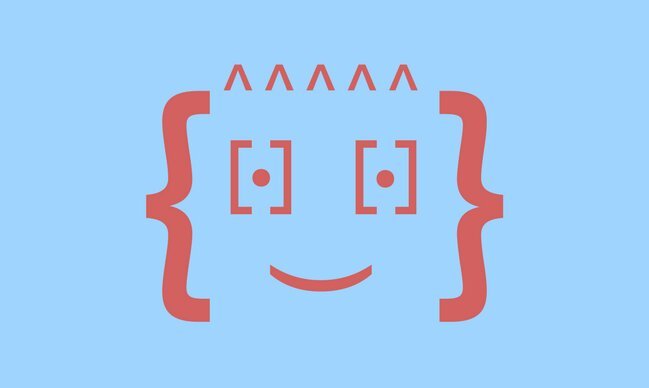As schools move toward paperless communication and less homework for elementary school students, parents feel less overwhelmed by the minutia of the school year. They also feel a lot more out of the loop when it comes to knowing what’s going on in the classroom and how they can help.
The movement toward less homework is supported by a study done by CNN, when researchers found that first graders received almost three times the amount of homework recommended by the NEA and the National PTA. While it’s clear children could use the downtime, what isn’t clear is how to engage parents in the learning process so that lesson plans can be supported at home—without the need to sacrifice sanity or trees in the process.
Knowing the material, however, is only part of the equation. Today’s technology not only allows parents to view their children’s progress in real time, but they also can see where and how they excel and struggle with subjects, tests, and organization skills.
“Parental and family involvement in a child’s education is essential,” said Erica Eichmann, at Arey Jones Educational Solutions. “We’re fortunate to live in a time when there are several ways to engage parents both off and online. The key is to keep educating and reminding parents where the resources are, encourage consistent and clear dialogue throughout the school year, and help families create learning-friendly environments at home.”
Here are 5 ways parents can engage more fully in their children’s education.
Define study time.
Parents who designate a time and space for studying and learning show kids that education is a priority. This could be as simple as designating a place in the home for homework that is close enough for questions and support, but far enough away so they won’t be distracted from finding answers on their own. In addition to the space, setting a schedule and routine around studying makes it just as important as games and dance events.
Learn the tools.
Parents should feel knowledgeable about every tool the school uses in their curriculum. If kids are using platforms like Blackboard, ClassTag, Wixie, Google for Education, and Dreambox during the day, parents should feel reasonably equipped to help and promote the use of these tools at home. Resources like bealearninghero.org are a great place to get started. Set reminders in your calendar every week to check classroom resources; this may seem silly, but we all know how fast time can fly. This holds you accountable as well; if your children have set study parameters, it’s good that you have set support parameters, too.
Reach out.
If you don’t receive consistent communication from the teacher, take on the charge. Find out how best to reach the teacher for non-emergency concerns, and make a warm introduction. Create a monthly reminder in your calendar to reach out, even if it’s just to say how much your child enjoys the classroom (teachers never tire of hearing positive feedback). If you have questions, ask. If you have concerns, state them clearly, and be just as clear that you expect to hear back if the teacher also notices something you don’t. If you have issues at home that may effect your child’s ability to learn (new baby, divorce, moving, etc.), make sure the teacher is given just enough information to be aware of any changes.
You and the teacher are two of the most important parts of your child’s educational team; you should be familiar with each other and help the other fill in the gaps.
Encourage accountability.
It’s always important to talk about goals, dreams and setting expectations for effort. Break goals into manageable steps so that students have the freedom to course correct. Not meeting a goal is disappointing, but not the end of the journey; the purpose is to teach resilience and resourcefulness in the hunt for the next best thing. If something goes awry, help students determine how they could have it differently for a better result, and help give them the confidence to manage the consequences and try again.
Engaged parents make a huge difference in the success of their students, so the sooner and more specifically you can get involved in your child’s education, the better off your kids will be.
Do you have any experience in a reduced-homework school? What are your thoughts?
















